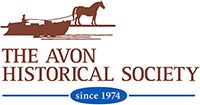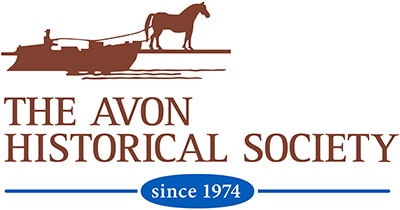Our Hidden Landscapes: Indigenous Stone Ceremonial Sites in Southern New England
Enhance your knowledge about Dutch contributions to our Connecticut heritage: few people know that the first documented European to visit Connecticut was the Dutch explorer Adriaen Block in 1611, and that the first European settlers in Connecticut were the Dutch at Saybrook Point in 1623. (A Dutch trading post had been erected there even earlier, around 1614-1616.)
The Dutch Colony of New Netherland extended well beyond the Hudson River Valley, westward into present day New Jersey and Delaware and eastward to Cape Cod in Massachusetts. New Netherland was not just a loose linking of Dutch trading posts. Dutch colonists founded towns and villages along Long Island Sound, the mid-Atlantic coast, and up the Connecticut, Hudson, and Delaware River valleys. Their daily routines brought them into frequent contact with their Native American neighbors. Although altercations did occur, in general the relationships resulted in a Dutch-Indigenous interdependence that enhanced living standards and promoted goodwill within both communities.
The purpose of this PowerPoint presentation is to introduce its audience to the significant impact of Dutch traders AND settlers on our history, including the continuing strong Dutch presence in western Connecticut, Dutch relationships with local Indigenous communities, and the noteworthy, often long-term effects of those relationships on our heritage. The Dutch deserve a more prominent position in Connecticut history books and museum exhibits. Dutch-American history and Dutch contributions to American culture should be mandated topics in Connecticut’s school curriculum. These were the main reasons for the publication of my edited volume Dutch and Indigenous Communities in Seventeenth Century Northeastern North America: What Archaeology, History, and Indigenous Oral Traditions Teach Us about their Intercultural Relationships (2021, Albany: State University of New York Press).
Lucianne Lavin is Director Emerita of Research and Collections at the Institute for American Indian Studies (a museum and research and educational center in Washington, Connecticut), a position she held for 18 years. She has over 50 years of research and field experience in Northeastern archaeology and anthropology, including teaching, museum exhibits and curatorial work, cultural resource management, editorial work, and public relations. Dr. Lavin is a founding member of Connecticut’s Native American Heritage Advisory Council (a government agency whose appointed members advise the Office of State Archaeology and the State Historic Preservation Office on Native American burials and sacred sites), and retired editor of the journal of the Archaeological Society of Connecticut, a position she held for 30 years.



